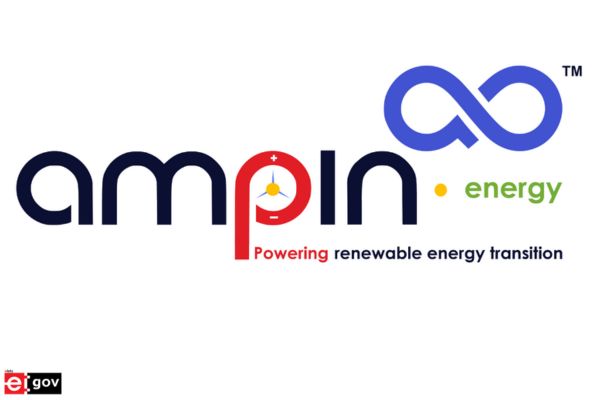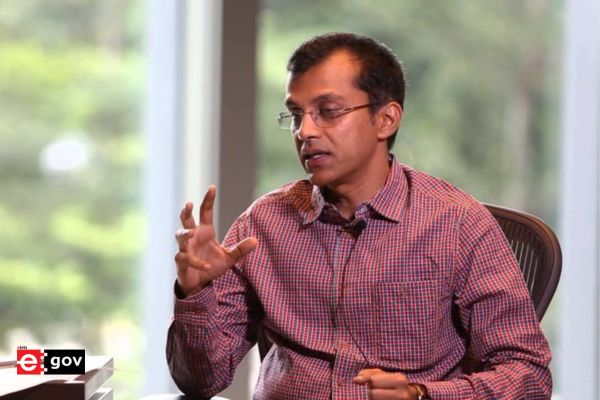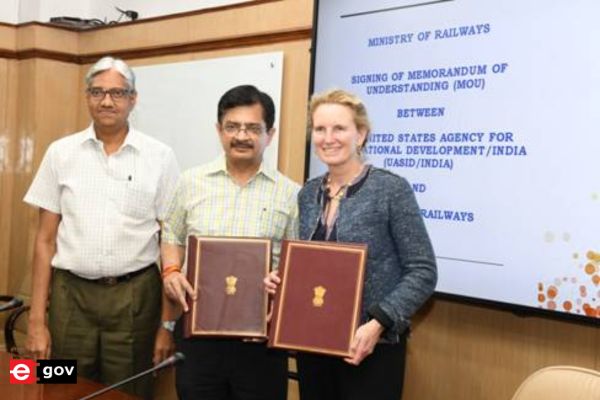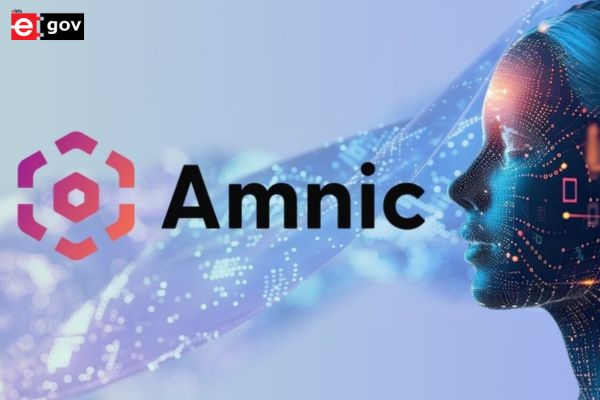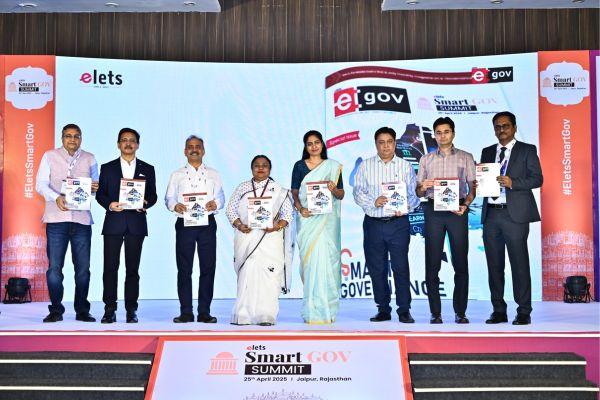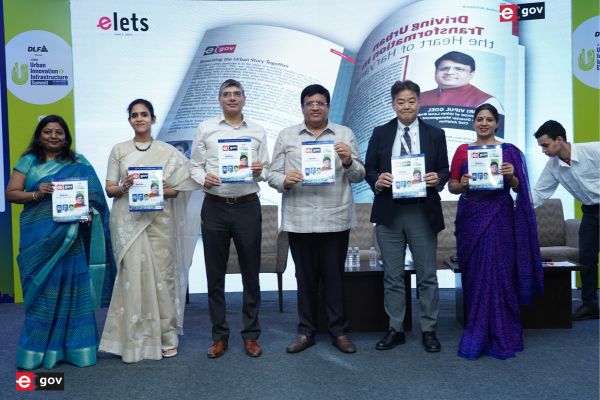[This article was published in the August 2009 issue of the eGov Magazine (http://www.egovonline.net) ]
In its purest form, the objective of standards in the Information and Communication Technology (ICT) area is to establish a common mechanism for two systems to interoperate through the implementation of a technical specification. The specification can cover data formats, protocols or other interfaces and practices, but the objective is essentially the same in each case. While standards can in some cases fulfill this objective, this is not an automatic, mechanical process guaranteed to succeed, and there are usually many challenges to achieving interoperability between different implementations of an ICT standard. Once these challenges are fully understood, the collaborative efforts of different implementers can often navigate these challenges and enhance interoperability.


